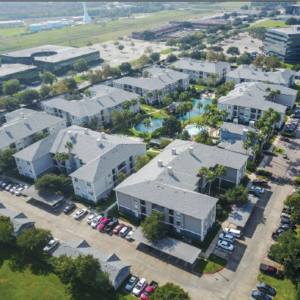As we continue through the health pandemic brought on by COVID-19, investors and pundits are beginning to read the middle to long term effects on the various asset classes and the economy at-large with more clarity. The brief rebound in the stock market in April and May has lost momentum and given way to more fears in the real estate world as to how long landlords will have to endure this crisis.
Suburban popularity was previously on the rise throughout the real estate expansion period coming out of the Financial Crisis. Recent health concerns brought on by COVID-19 bring more reason to believe that we are on the verge of a much more rapid acceleration of the suburban trend. The benefits of suburban living and working are becoming more attractive as the public worries about acute population density and the use of public transportation that is inherent of central business districts.
Below are key takeaways from the following report:
Multifamily and Commercial Real Estate Performance Metrics – Moody’s Analytics – Report Link
Beyond the Health Crisis: Suburbanization Special Report – Marcus & Millichap – Report Link
Download the PDF version of this report here:
Multifamily and Commercial Real Estate Performance Metrics
Moody’s Analytics
- Expected GDP decline for 2020 is -6.6%, 1.5 times as bad as ’08 – ’09
- Multifamily is seeing the least disruption and that is the expectation as we continue through the pandemic. Fluctuations in occupancy and rent are marginal. Like ’08 – ’09, apartments are relatively stable. Vacancy could get to around 7% in 2021, up from 4.7% today.
- Demand for office space is taking a major hit, with expected vacancy hitting a record level of 20% in 2021. Remote working has proven to work in a lot of instances, and offices will carry health risks in the minds of many employees.
- Retail vacancy is expected to shatter the record highs as, amid the industry’s battle with ecommerce, we are now seeing bankruptcies from multiple big-box retailers and lease terminations from the smaller ones. The restaurant industry has major headwinds. Retail is bound to see broad reimagining and fundamental changes in the consumer experience.
- Industrial has not had much disruption as the headwinds in retail are tailwinds in industrial. Still, a major economic downturn has always affected industrial properties, so expect some regression in 2021 but stable compared to office and retail’s temporary storage for medical supplies.
Beyond the Health Crisis: Suburbanization Special Report
Marcus & Millichap
- Affordability, the opportunity for new construction, increased parking and proximity to residential hubs are all factors that have aided the growth of suburban real estate
- The contagion risk associated with increased density in urban core areas has many people reconsidering where they would prefer to live and work. More personal space and a better ability to work from home are now in focus when considering urban vs. suburban demand.
- COVID came at a time when millennials were already on the cusp of a major lifestyle change: buying homes, getting married and having children




